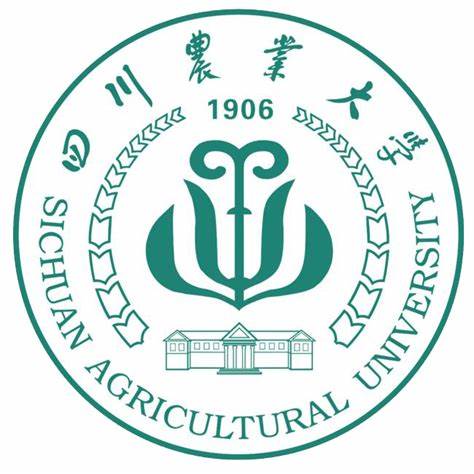New Observations of the Effects of the Cytoplasm of Aegilops kotschyi Boiss. in Bread Wheat Triticum aestivum L.
作者: 刁圣轩 审稿人:魏育明 时间: 2024-07-12 点击次数:次
https://www.mdpi.com/2073-4425/15/7/855
Genes,2024,15(7), 855
Chaolan Fan,Joanna Melonek and Adam J. Lukaszewski
Abstract
The cytoplasm ofAegilops kotschyiis known for the induction of male sterility and haploidy in wheat. Both systems originally appeared rather simple, but manipulation of the standard chromosome constitution of the nuclear genome revealed additional interactions. This study shows that while there is little or no allelic variation at the main fertility restorer locusRfmultion chromosome arm 1BS, additional genes may also be involved in the nuclear–mitochondrial genome interactions, affecting not only male fertility but also the growth rate, from pollen competition for fertilization and early endosperm divisions all the way to seed size and plant maturity. Some of these effects appear to be of a sporophytic nature; others are gametophytic. Induction of parthenogenesis by a rye inducer in conjunction with theAe. kotschyicytoplasm is well known. However, here we show that the cytoplasmic-nuclear interactions affect all aspects of double fertilization: producing maternal haploids from unfertilized eggs, diploids from fertilized eggs or synergids, embryo-less kernels, and fertilized eggs without fertilization of the double nucleus in the embryo sack. It is unclear how frequent the inducers of parthenogenesis are, as variation, if any, is obscured by suppressors present in the wheat genome. Genetic dissection of a single wheat accession revealed five distinct loci affecting the rate of maternal haploid production: four acting as suppressors and one as an enhancer. Only when the suppressing haplotypes are confirmed may it be possible to the identify genetic variation of haploidy inducers, map their position(s), and determine their nature and the mode of action.
Keywords:
cytoplasmic male sterility;fertility restoration;parthenogenesis;haploidy;double fertilization


